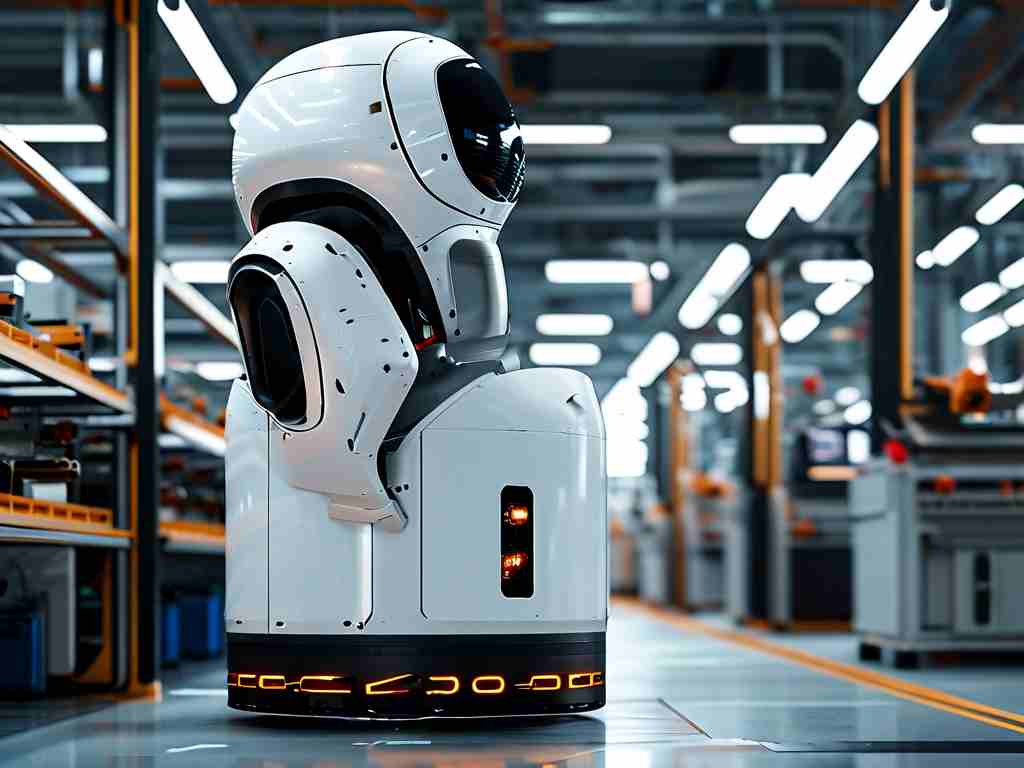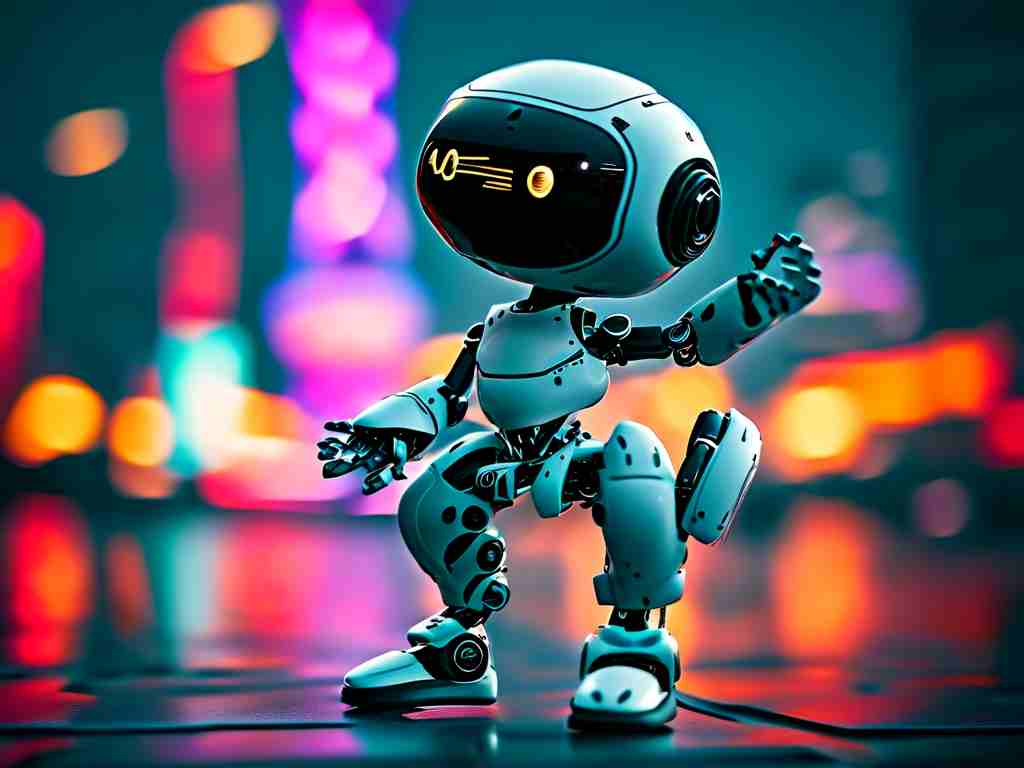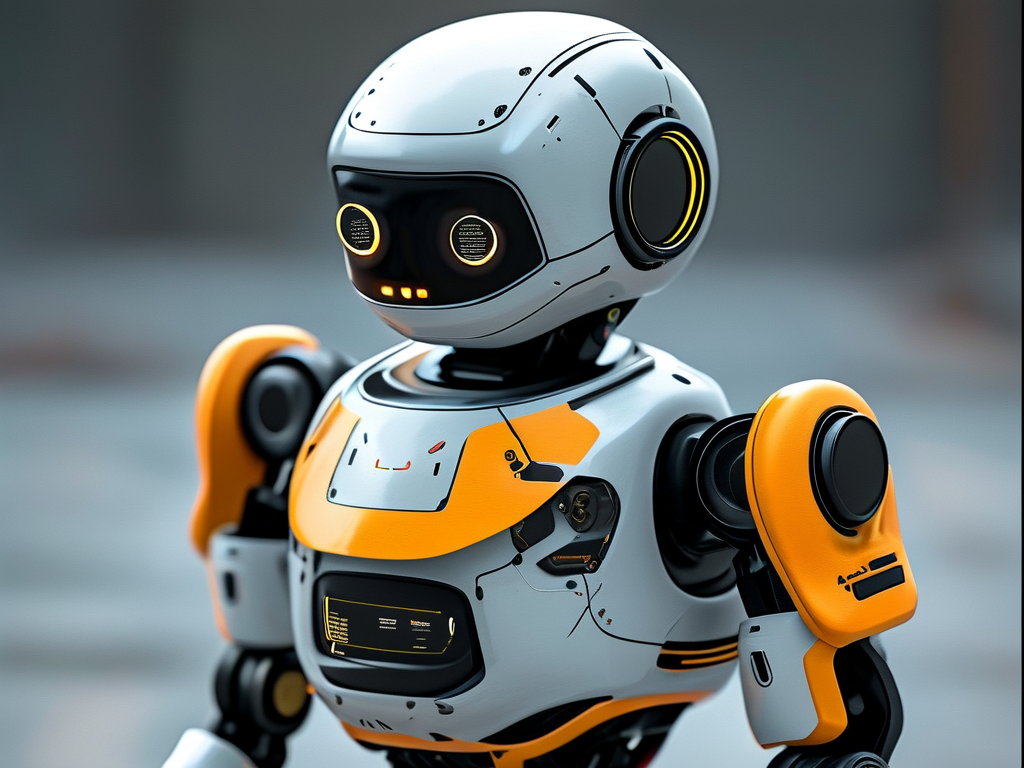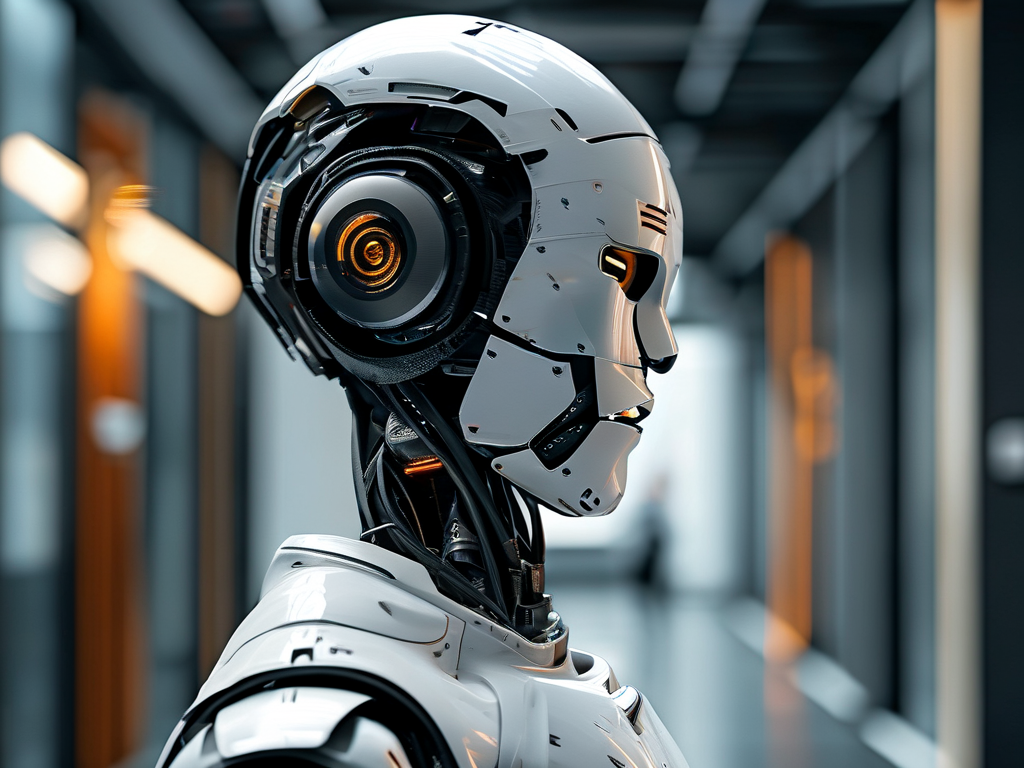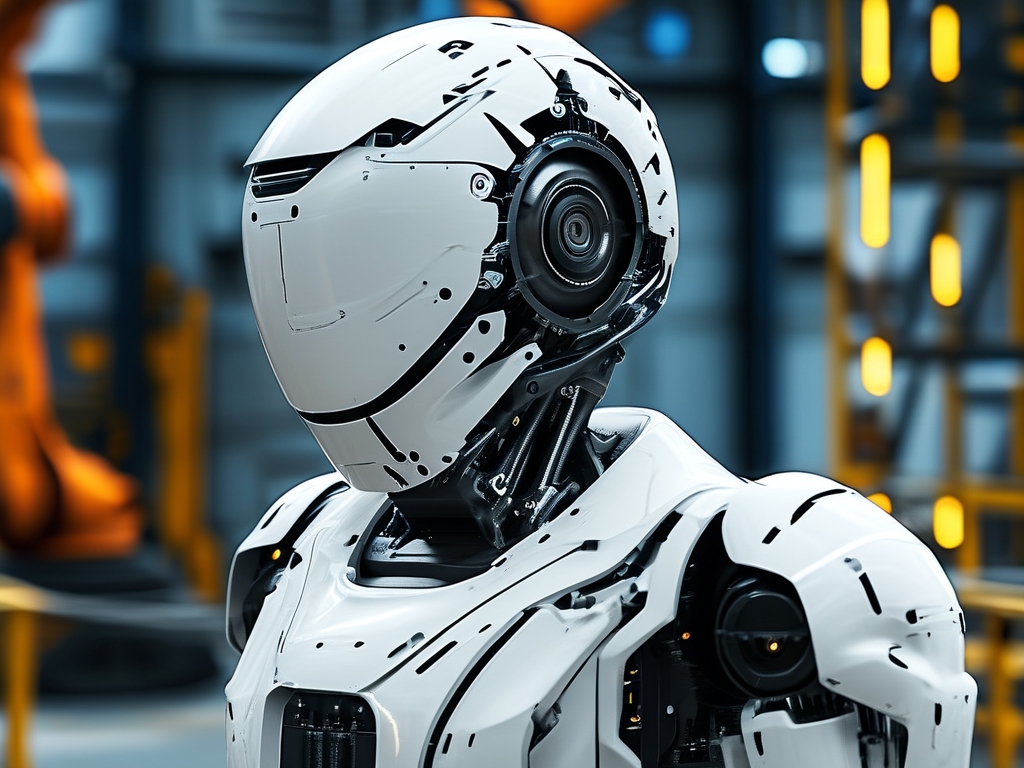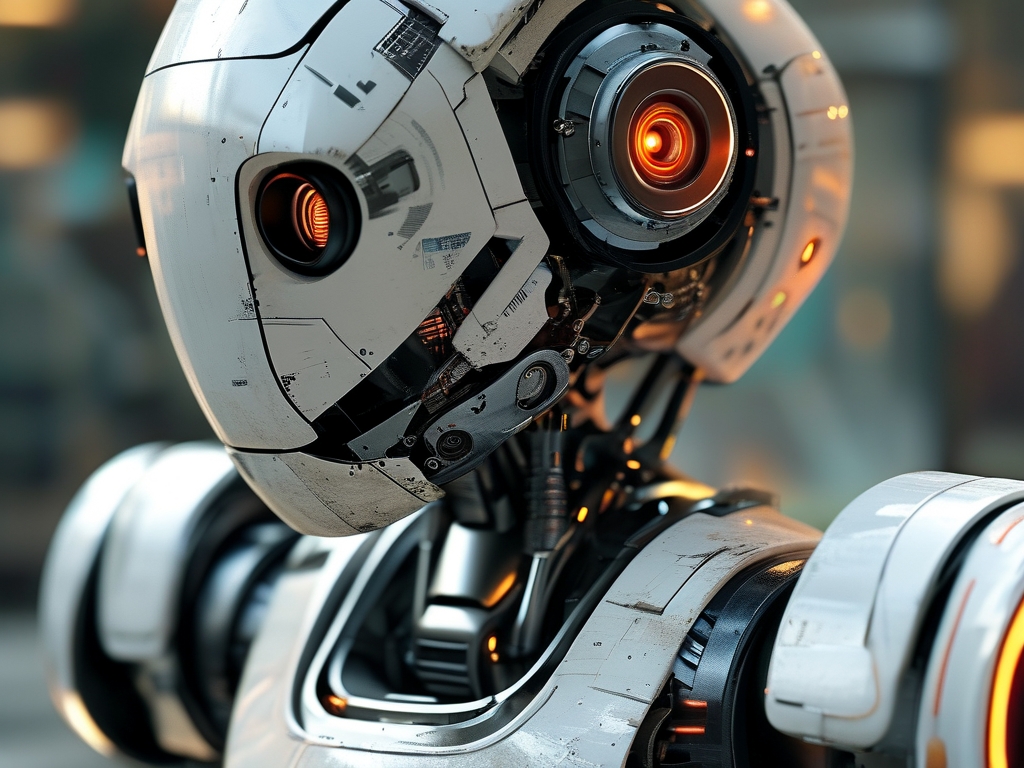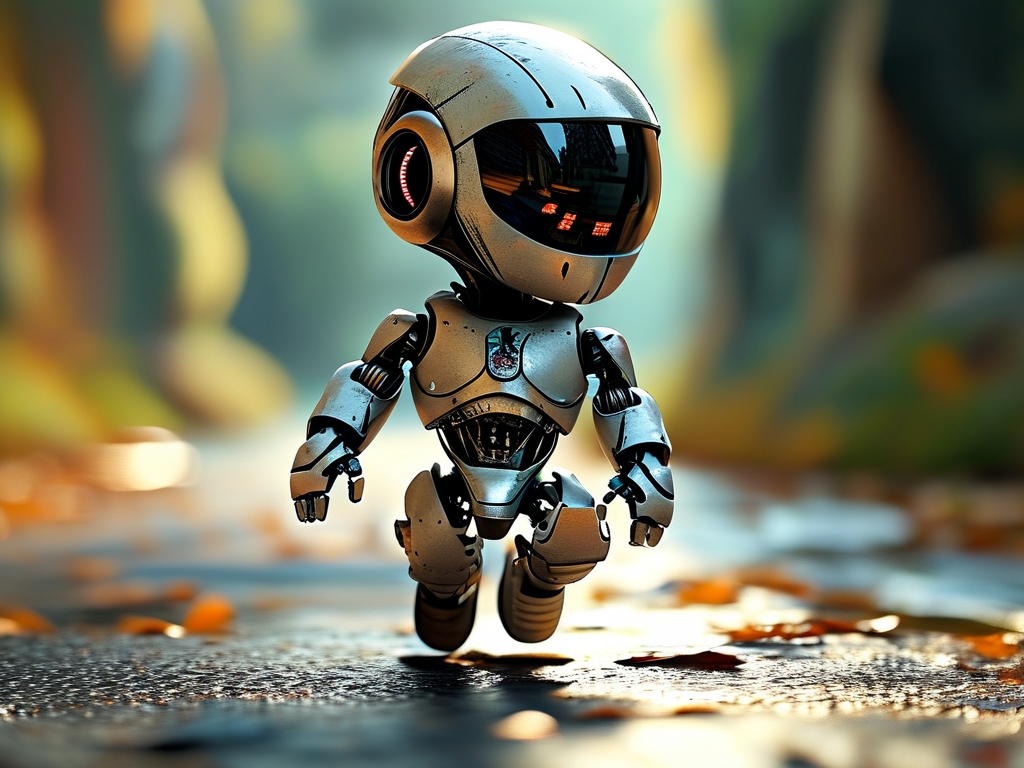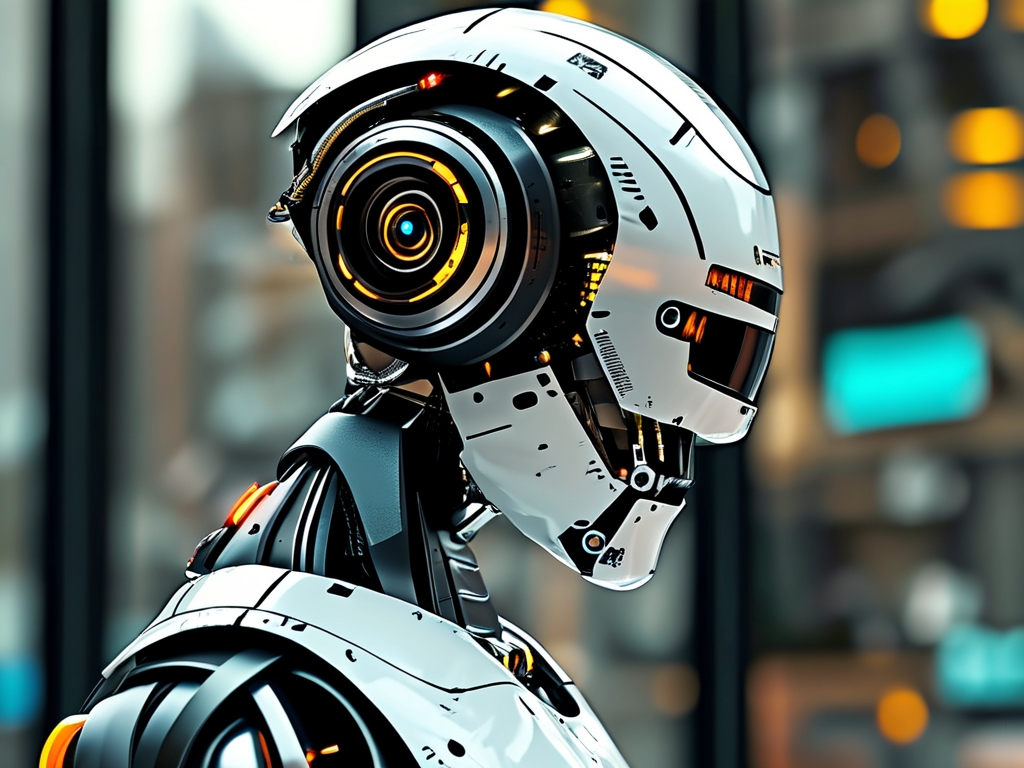The field of robotics has witnessed groundbreaking advancements in recent years, with Dragon Fruit Robotics emerging as a pioneering force in integrating artificial intelligence, mechanical engineering, and sensor-based automation. This article delves into the core technological principles that underpin Dragon Fruit Robotics, exploring how these innovations are reshaping industries and redefining human-machine collaboration.
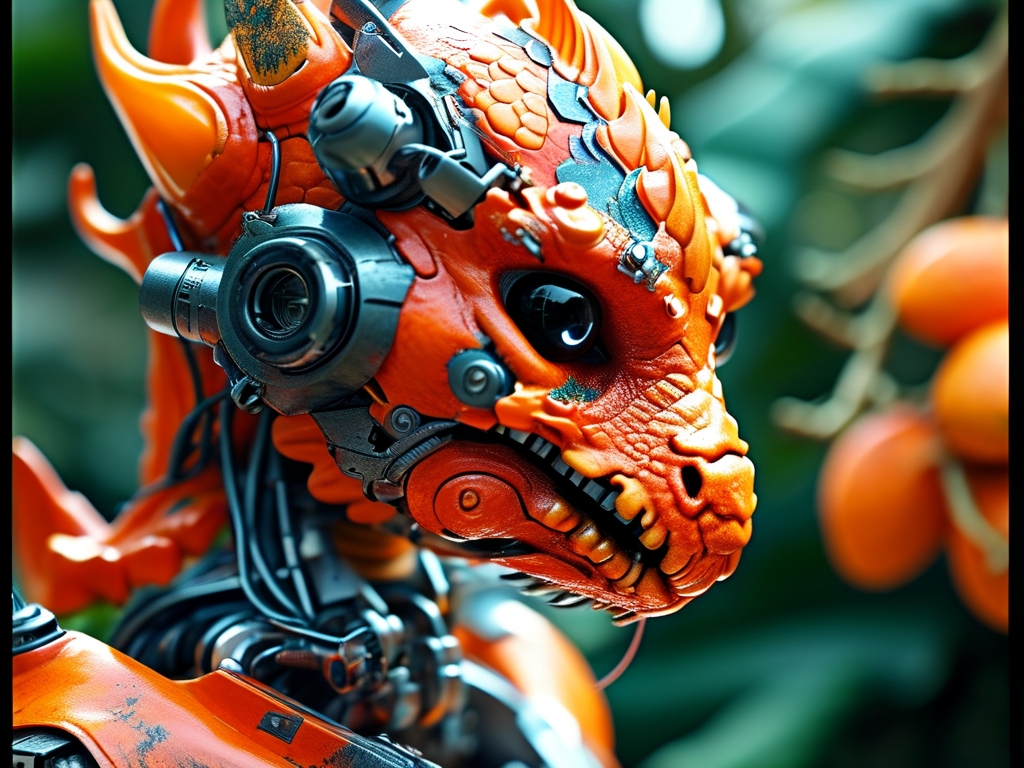
1. Core Architecture: Fusion of AI and Mechanical Systems
At the heart of Dragon Fruit Robotics lies a hybrid architecture that seamlessly merges artificial intelligence (AI) with advanced mechanical systems. Unlike traditional robotics, which often rely on pre-programmed routines, Dragon Fruit robots employ reinforcement learning algorithms to adapt to dynamic environments. These algorithms enable robots to learn from real-time data, optimizing tasks such as object recognition, path planning, and error correction.
For instance, in agricultural applications, Dragon Fruit robots use computer vision paired with LiDAR sensors to identify ripe produce and navigate uneven terrain. The AI layer processes sensory input to adjust gripper pressure or modify harvesting routes, minimizing crop damage. This fusion of AI and mechanics ensures precision while reducing dependency on human intervention.
2. Sensor Integration and Environmental Interaction
A defining feature of Dragon Fruit Robotics is its sophisticated sensor ecosystem. Each robot is equipped with multimodal sensors, including thermal imaging, ultrasonic range detectors, and inertial measurement units (IMUs). These sensors create a 360-degree awareness of the environment, enabling robots to operate in complex settings—from cluttered warehouses to disaster-stricken zones.
The sensor fusion algorithm synthesizes data streams into a unified representation, eliminating blind spots. For example, in search-and-rescue missions, thermal sensors detect body heat, while LiDAR maps structural integrity. This integration allows robots to prioritize tasks, such as locating survivors while avoiding unstable debris.
3. Energy Efficiency and Sustainable Design
Dragon Fruit Robotics prioritizes sustainability through energy-aware computing. Unlike power-hungry systems, their robots utilize low-power processors and kinetic energy recovery mechanisms. For instance, robotic limbs in manufacturing units harness regenerative braking energy during repetitive motions, channeling it back to the battery.
Additionally, modular battery systems allow rapid swaps in high-demand scenarios, ensuring uninterrupted operation. This focus on energy efficiency aligns with global sustainability goals, making Dragon Fruit robots ideal for eco-sensitive industries like solar farm maintenance or ocean cleanup.
4. Human-Robot Collaboration: Ethical and Technical Frameworks
A cornerstone of Dragon Fruit Robotics is its emphasis on human-robot synergy. Advanced collision avoidance systems and force-sensitive actuators enable safe interaction with human workers. In healthcare, robots assist surgeons with sub-millimeter precision, while AI monitors patient vitals to adjust instrument pressure in real time.
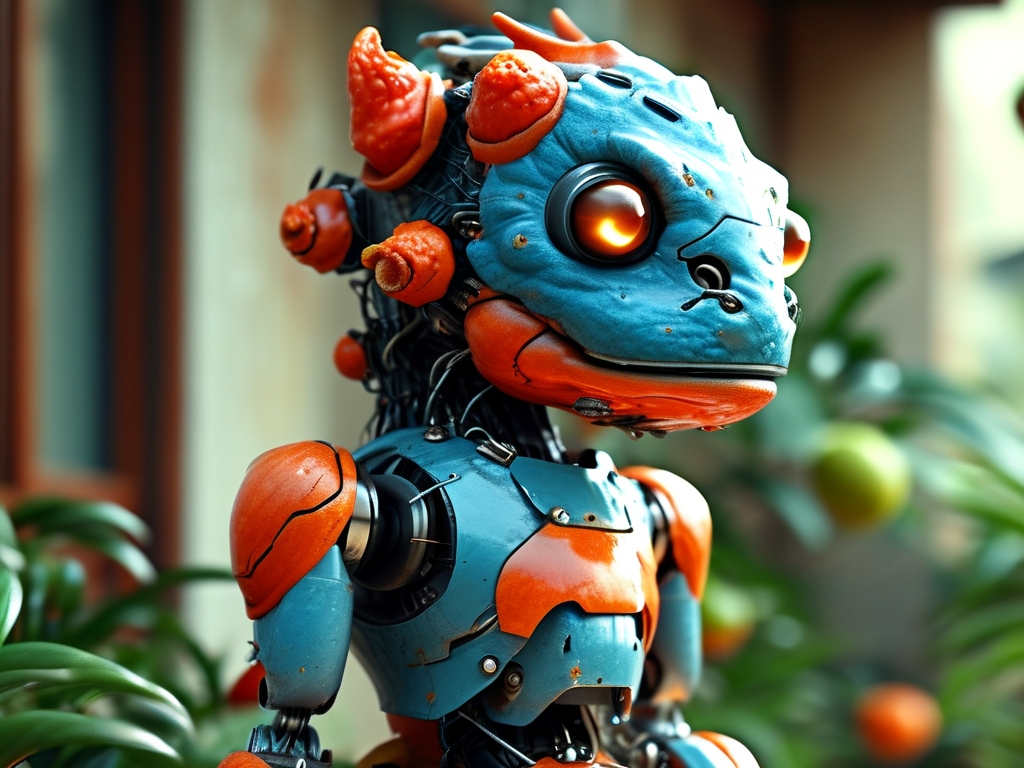
Ethical AI frameworks are also embedded into the system. Robots are programmed with ethical decision-making protocols, such as prioritizing human safety in ambiguous scenarios. For example, during autonomous vehicle operations, the system evaluates risks to passengers and pedestrians before executing evasive maneuvers.
5. Edge Computing and Decentralized Control
To overcome latency issues, Dragon Fruit Robotics leverages edge computing. Instead of relying on centralized cloud servers, critical computations occur locally on the robot’s onboard processor. This approach reduces response times in time-sensitive tasks, such as drone navigation through dense urban areas.
Decentralized control systems further enhance resilience. In swarm robotics, individual units communicate via mesh networks, enabling collective problem-solving without a central command. Applications include wildfire monitoring, where drone swarms share real-time data to predict fire spread patterns.
6. Challenges and Future Directions
Despite its achievements, Dragon Fruit Robotics faces challenges. Sensor limitations in extreme environments—such as deep-sea exploration—require breakthroughs in material science. Additionally, public skepticism about AI autonomy necessitates transparent design practices.
Looking ahead, the integration of quantum computing could revolutionize robotic decision-making speeds. Meanwhile, advancements in soft robotics may enable Dragon Fruit systems to mimic biological flexibility, expanding applications in medical prosthetics or delicate manufacturing.
Dragon Fruit Robotics represents a paradigm shift in how machines interact with the physical world. By harmonizing AI, sensor technology, and ethical frameworks, these systems are not merely tools but collaborative partners in solving humanity’s most pressing challenges. As the technology evolves, its impact will extend beyond industry, reshaping societal norms and reimagining the boundaries of innovation.


